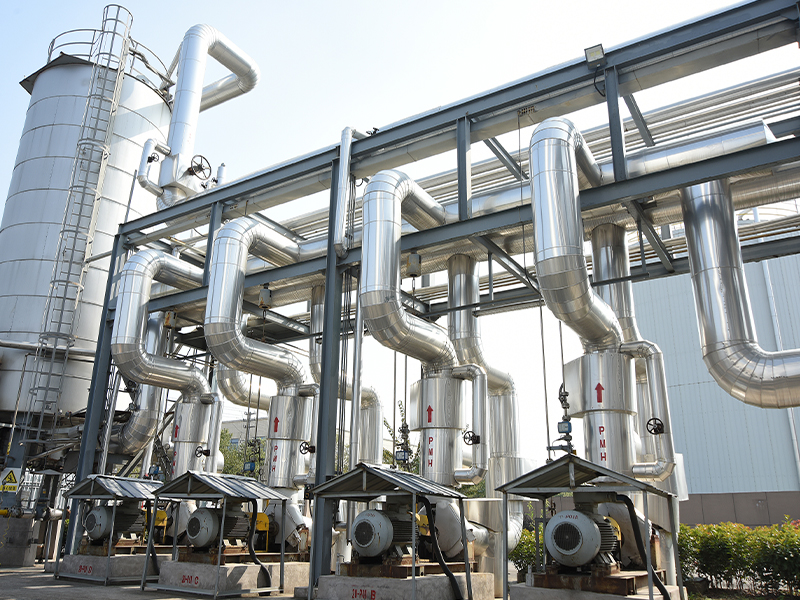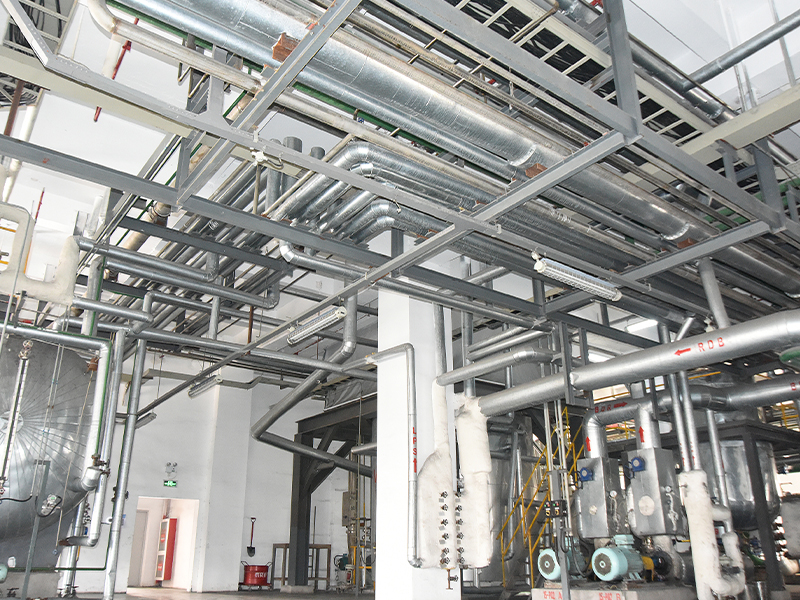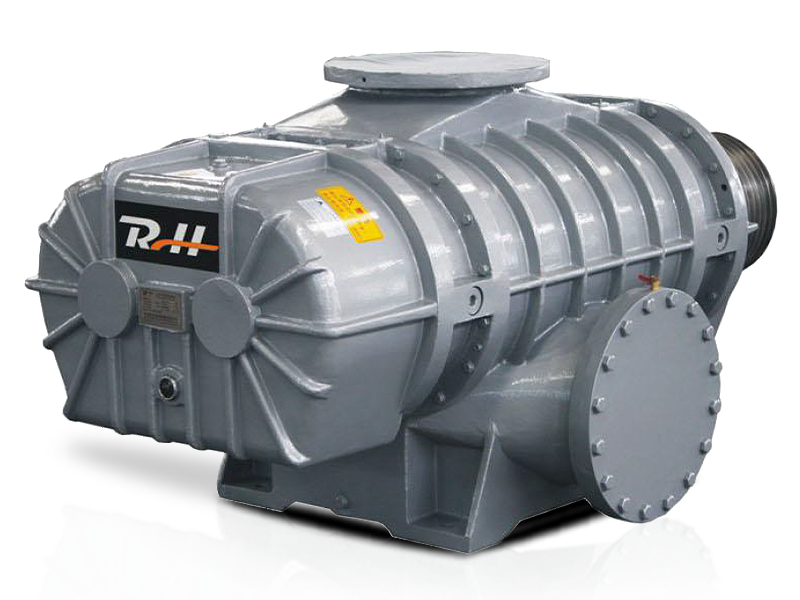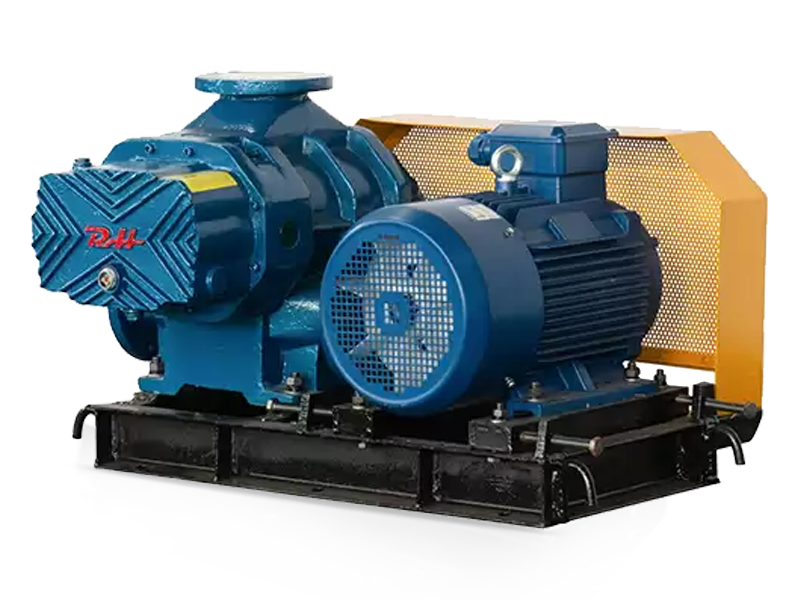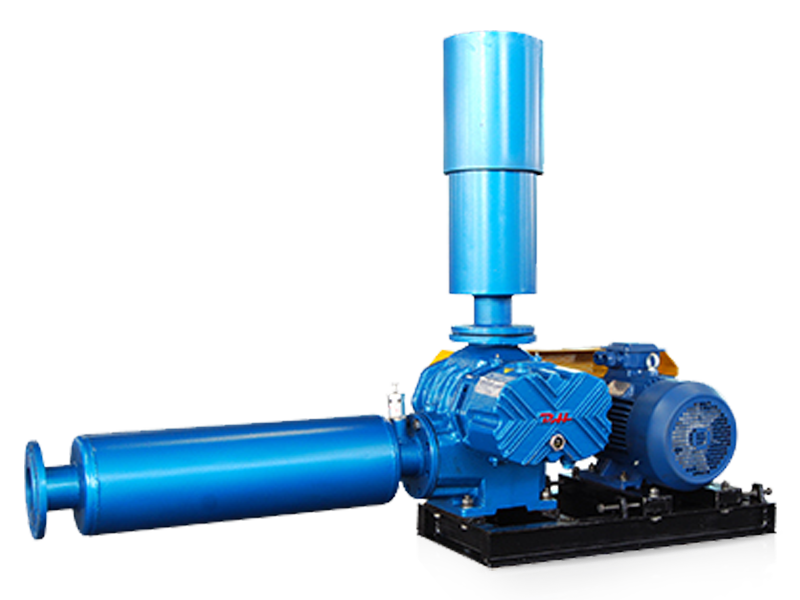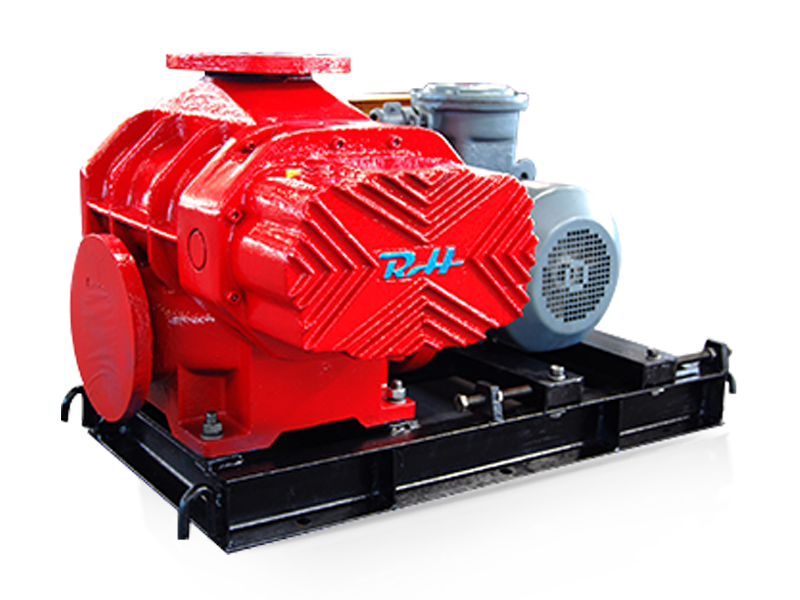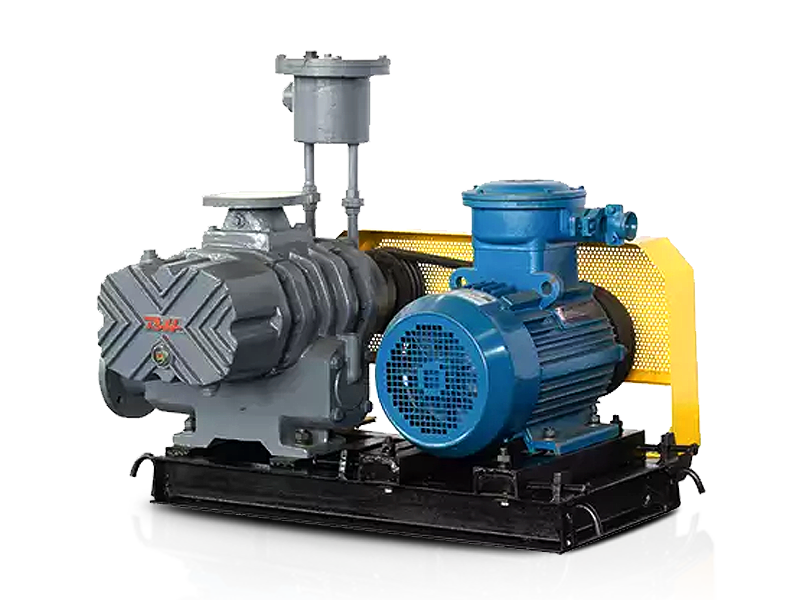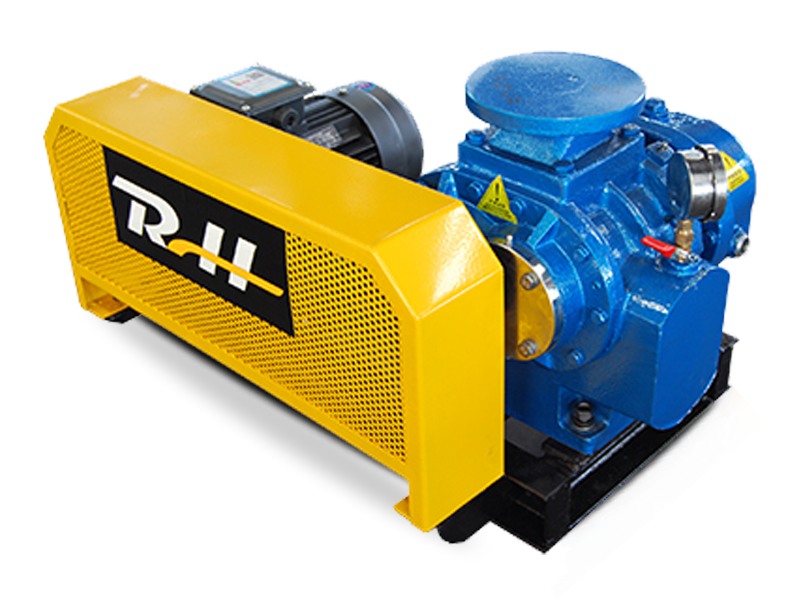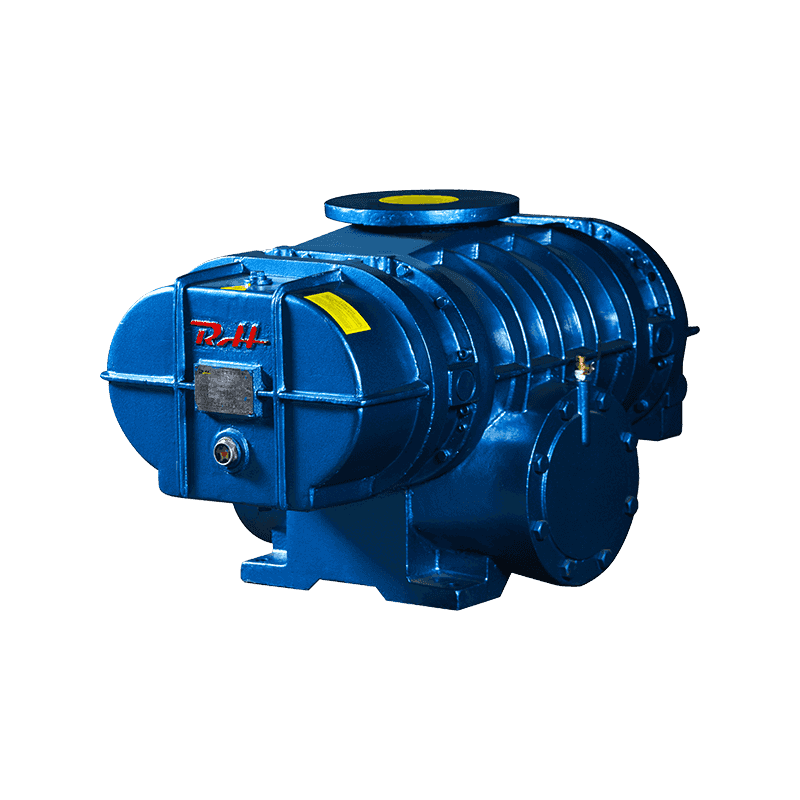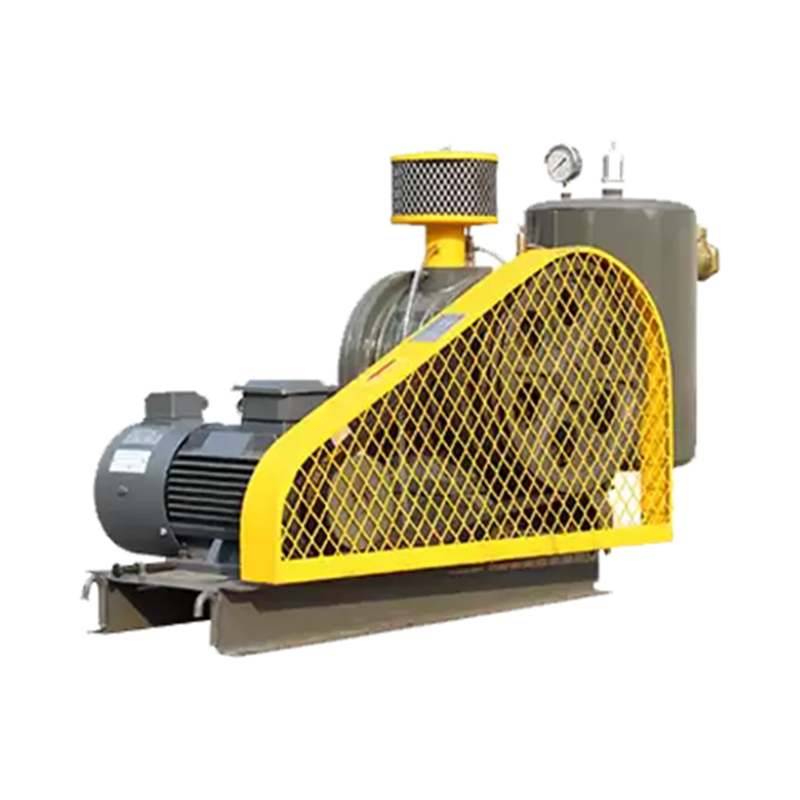Industrial blowers are the unsung workhorses of modern industry. From ventilating factories and exhausting fumes to cooling machinery and moving process air, their continuous operation is critical to productivity, safety, and efficiency. However, a common and serious issue that plagues these vital systems is overheating. An overheating blower is more than just an inconvenience; it’s a warning sign that can lead to catastrophic motor failure, unexpected downtime, costly repairs, and even safety hazards.
Understanding the root causes of industrial blower overheating and implementing a robust proactive maintenance strategy is essential for any facility manager or maintenance engineer. This article will delve into the primary reasons blowers overheat and provide actionable, practical steps for prevention.
Why Overheating is a Critical Issue
Before we explore the causes, it’s important to understand why overheating is so detrimental. Excessive heat is the primary enemy of electric motors and bearings. The insulating materials within a motor windings degrade rapidly when consistently exposed to temperatures beyond their design rating—a rule of thumb is that for every 10°C (18°F) above its rated temperature, the insulation’s lifespan is halved. This leads to:
Motor Burnout: The ultimate failure, requiring a costly rewind or complete motor replacement.
Bearing Failure: Heat degrades lubricating grease, causing it to lose its viscosity and protective properties, leading to increased friction, wear, and eventual bearing seizure.
Reduced Efficiency: An overheating motor draws more amps (current) to perform the same work, skyrocketing your energy costs.
Unplanned Downtime: A failed blower can halt an entire production line, resulting in significant lost revenue.
Addressing blower motor overheating causes is not just a maintenance task; it’s a core business function for ensuring reliable industrial air systems.
The Primary Causes of Industrial Blower Overheating
The reasons for overheating can be mechanical, electrical, or related to the system the blower is serving. A systematic approach to industrial fan troubleshooting is key to identifying the correct culprit.
Inadequate or Restricted Airflow
This is arguably the most common cause of overheating. Blowers are designed to move a specific volume of air. If this airflow is obstructed, the motor works harder against increased static pressure, drawing more current and generating excess heat.
Clogged Filters: Dirty, clogged air intake filters are a primary culprit. They force the blower to “starve” for air, creating a high vacuum and immense strain.
Blocked Ductwork: Buildup of debris, dust, or product material within the ducts increases system resistance.
Closed or Obstructed Dampers: Accidentally closed inlet or outlet dampers have the same effect as a clogged filter.
Bird Guards or Screens: While necessary for safety, these can become clogged with lint and dust, restricting intake.
Electrical Issues
Problems originating from the power supply can directly lead to electric motor overheating.
Voltage Imbalance: In a three-phase system, if the voltage supplied to each phase is not equal, it creates a negative sequence current that acts as a braking mechanism on the rotor, generating excessive heat. Even a small 3% voltage imbalance can cause a temperature rise of 25%.
Low or High Voltage: Operating a motor at voltages significantly outside its nameplate rating (typically +/- 10%) causes it to draw higher current to produce its rated power, leading to heat buildup.
Loose Connections: Loose wiring at the motor terminal box or contactor creates resistance. This resistance generates intense localized heat that can travel into the motor windings.
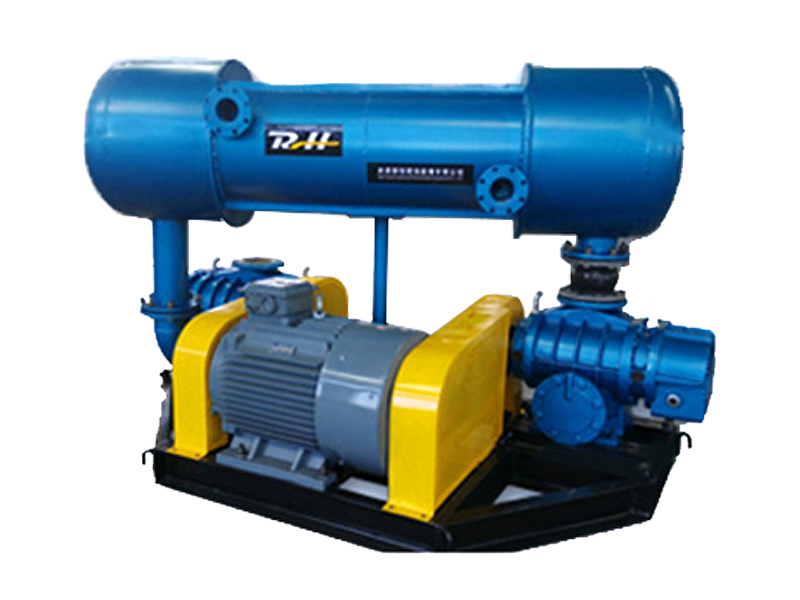
Mechanical Failures and Friction
Increased mechanical friction anywhere in the assembly forces the motor to use more energy to turn the fan wheel.
Failing Bearings: Worn-out, improperly lubricated, or misaligned bearings create immense drag and friction. A rumbling or grinding noise often accompanies bearing-related overheating.
Misalignment: If the motor shaft is not perfectly aligned with the fan shaft (in direct-drive systems) or the sheaves are misaligned (in belt-drive systems), it induces excessive vibration and side-loading on the bearings, generating heat.
Unbalanced Fan Wheel: A wheel clogged with debris or damaged from wear will be unbalanced, causing vibration and forcing the motor and bearings to work harder.
Belt Tension Issues: In belt-driven blowers, overtightened belts place a constant radial load on the motor and fan bearings, leading to overheating. Loose belts slip, creating friction and heat and failing to drive the fan at its proper speed.
Improper Application or Sizing
Sometimes, the root cause is fundamental to the system’s design.
Operating at the Wrong Point on the Curve: If a blower is selected for a specific pressure and volume but is operated far from its Best Efficiency Point (BEP), it can become unstable, causing surging and motor overloading.
Undersized Blower: A blower that is too small for the application will constantly run at its maximum capacity, often in an overloaded state, leading to chronic overheating.
High Ambient Temperature: Installing a blower in an already hot environment, like next to an oven or furnace, reduces its ability to dissipate its own waste heat. The cooling fan on the motor itself can only draw in surrounding air; if that air is hot, cooling is ineffective.
Maintenance Neglect
A lack of a preventative maintenance schedule for industrial fans allows minor issues to snowball into major failures.
Dirt and Dust Accumulation: A layer of dirt on the motor housing acts as an insulator, trapping heat inside and preventing proper cooling.
Old or Degraded Lubrication: Grease breaks down over time, losing its ability to lubricate and protect bearings from friction-induced heat.
A Proactive Guide to Preventing Blower Overheating
Prevention is always cheaper than repair. Implementing these steps will drastically reduce the risk of overheating and extend the life of your equipment.
Establish a Rigorous Maintenance Schedule
This is your first and most powerful line of defense.
Filter Maintenance: Inspect, clean, or replace air filters on a regular, documented schedule. Don’t wait until they look dirty.
Bearing Lubrication: Follow the motor and bearing manufacturer’s guidelines for regreasing. Crucially, avoid over-lubrication, which can be as damaging as under-lubrication. Use the correct type of grease.
Visual and Auditory Inspections: Regularly walk by your equipment. Listen for changes in sound (humming, grinding) and look for visible dust buildup, debris at the intake, or unusual vibrations.
Monitor Performance and Conditions
Don’t just wait for a problem to happen; track the blower’s health.
Amp Draw: Use a clamp meter to regularly measure the motor’s amp draw. Compare it to the Full Load Amps (FLA) on the nameplate. A rising trend in amp draw is a clear indicator of increasing load, often from restricted airflow or mechanical issues.
Vibration Analysis: Implement periodic vibration readings. An increase in vibration levels is a leading indicator of imbalance, misalignment, or bearing wear.
Thermal Imaging: An infrared thermometer or thermal camera is an invaluable tool for troubleshooting fan problems. Use it to scan motor housings, bearings, and electrical connections for hot spots long before they lead to failure.
Ensure System-Wide Integrity
The blower is part of a larger system; the entire system must be sound.
Ductwork Inspection: Periodically inspect ducts for dents, collapses, or internal material buildup that could increase system pressure.
Check Dampers: Ensure all dampers are in their correct, open position.
Verify Sheave Alignment and Belt Tension: For belt-driven units, check alignment with a straight edge and tension with a proper gauge. Belts should have a slight deflection, not be tight like a guitar string.
Address Electrical Health
Perform Power Quality Checks: Use a power quality analyzer to check for voltage imbalance, sags, and swells at the motor’s terminals while it is running. Address any issues at the source (transformer, panel, etc.).
Keep It Clean
Motor and Fan Housing: Regularly shut down and lock out/tag out the equipment to safely remove dust and debris from the motor’s cooling fins, the fan wheel, and the housing. A clean blower is a cool blower.
Conclusion: A Culture of Prevention
Preventing industrial blower overheating is not a single action but a continuous culture of proactive care. By understanding the common causes of centrifugal fan failure—from restricted airflow and electrical issues to mechanical wear—you can move from a reactive “fix-it-when-it-breaks” model to a predictive maintenance approach.
Investing time in regular inspection, performance monitoring, and thorough cleaning is the most effective strategy for ensuring reliable industrial air systems. This disciplined approach minimizes the risk of unexpected downtime, protects your capital investment in equipment, and maintains the safe, efficient, and continuous operation that your facility depends on. Remember, the hum of a smoothly running blower is the sound of productivity; the smell of an overheating one is the smell of preventable expense.


 русский
русский Español
Español عربى
عربى